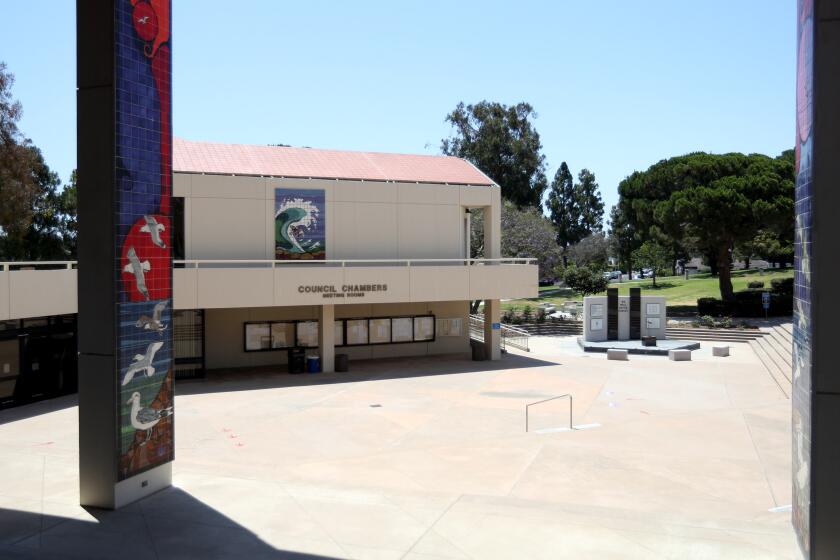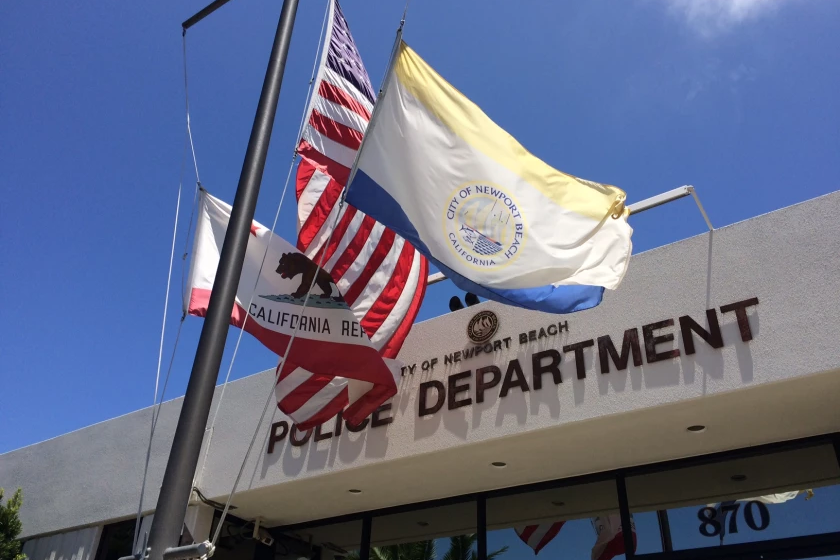mailbag - Aug. 23, 2001
- Share via
Robert Winchell’s explanation (“Inlet Not Best Way to Save Wetlands”
Aug. 16) why the tidal inlet plan for the restoration of the Bolsa Chica
wetlands is bad and the alternative without an inlet is good leaves out
one important consideration: biology. Omitting a tidal inlet in the
wetlands restoration would be like sealing up all the doors and windows
of one’s house. Sooner or later the house would be unlivable.
The alternative plan that Winchell touts would rely on sea water
coming all the way from Anaheim Bay to flush the wetland through tide
gates once every couple of weeks. Between flushings, the water in the
wetlands would remain motionless, overheated by the sun and nearing
oxygen depletion. There would be little ecological improvement over
present conditions for birds or fish and in fact for certain fish such as
the California halibut, conditions would be detrimental.
Twice a day a direct tidal inlet would allow fresh, oxygenated sea
water to enter and nourish the restored wetland, creating a rich and much
improved environment that will provide a wide range of feeding, nesting
and resting habitats for an enormous variety of birds, including several
endangered or threatened species. For instance, frequent tidal action is
necessary to support cord grass, which is essential habitat for the
endangered California light footed clapper rail. The tidal inlet will
attract fish into the wetlands to feed, avoid predators orspawn, as in
the case of the California halibut, resulting in greatly improved fishing
off our coast. Experience in other coastal wetlands has shown that a
direct tidal inlet can increase biodiversity by factors of 10 or more.
Winchell suggests that the state and federal agencies are holding the
Bolsa Chica hostage by claiming no inlet means no money for restoration.
The agencies basically have nothing to lose if the Bolsa Chica is not
restored. The money will still be available to spend on wetlands
elsewhere. It cannot be used for the no-inlet plan; the habitats it would
create would be too poor to be worth any significant mitigation credit.
The real losers will be the innumerable citizens who have spent as long
as 25 years or more working toward seeing the Bolsa Chica restored, and
the tens of thousands of birds, fish and other wildlife that could have
used the Bolsa Chica if the wetland had been properly restored.
David M. Carlberg (retired microbiology professor)Huntington Beach, CA
All the latest on Orange County from Orange County.
Get our free TimesOC newsletter.
You may occasionally receive promotional content from the Daily Pilot.







